
Walking out of Julio le Parc's 2013 solo exhibition at the Palais de Tokyo in Paris, Pierre-Alexis Dumas trembled with impatience. 'I was thinking, I have to meet him,’ he recalls. Dumas, the artistic director of Hermès had a specific reason in mind.
In 2008, he had launched a project called Hermès Éditeur, producing rare collections of the house’s iconic silk scarves in conjunction with renowned contemporary artists. 'I dreamed of collaborating with artists on limited editions,' he explains in the June 2015 edition of Wallpaper* (W*195). 'I wanted something spectacular, exquisite, challenging, that would awaken curiosity and awareness of the art of printing silk.'
Each Hermès Éditeur edition takes two years to realise, and the latest collection numbers 60 unique pieces in all. The project’s first iteration was based on works by the late Josef Albers; this was followed with editions by living artists – Daniel Buren in 2010 and Hiroshi Sugimoto in 2012.
When Dumas entered the Palais de Tokyo and saw Le Parc's work, he immediately knew that the artist should design the fourth edition. ‘He is a great master of abstraction and colour – of using colour to enter the language of our emotions,’ he explains.
Born in Argentina in 1928, Le Parc attended the School of Fine Arts in Buenos Aires, where he studied under Lucio Fontana. Fascinated with colour, in 1959 he chose the 14 prismatic shades he felt represented all the possible variations of chromatic mixtures, and has restricted himself to this palette ever since. Though his rules are strict – he applies colour using pre-determined systems, repetition and geometry – they allow for an almost unlimited amount of combinations.
Several weeks after seeing Le Parc's exhibition, Dumas visited the artist at his family home and studio in the Paris suburb of Cachan. He realised there was a chance Le Parc might decline the collaboration (in 1972, he refused an invitation to show a retrospective of his work at the Musée d’Art Moderne de la Ville de Paris) but, luckily, the two hit it off right away. It was, says Le Parc, a 'coup de foudre' – love at first sight.
The two men spent hours looking through the artist's paintings and archives, searching for the best work to adapt to silk. In fact, Dumas already knew which work he wanted for Hermès Éditeur. 'I was thinking of La Longue Marche but didn’t dare ask,' he admits. Fortunately, when it came up, Le Parc agreed.
The artist originally created La Longue Marche in 1974–75: it was a monumental horizontal work of ten panels of two sq m. Le Parc’s 14 colours, lined up in parallel bands on a white background, enter each frame from the right or left and exit again on the other side, weaving and twisting into diverse shapes across the canvas and forming an original composition in each square. 'The title worked well,' he says. 'It’s a long, open-ended progression with stages.'
For Hermès Éditeur, the artist opted to research new variations rather than simply copying the original work. Dumas already knew what potential his atelier could offer. 'The strength of silk printing is in the permutation of colours,' he says. 'Once we chose La Longue Marche, I knew we would really have fun.'
Le Parc riffed off six of the square paintings in La Longue Marche, plus three 'non-colours' (black, white and grey), ultimately coming up with ten series of six motifs. The first series is true to the original work. Another is similar, but with backgrounds that vary from light to dark grey. In others, the parallel strips of colour change position, or become black and white bands on solid backgrounds. The ninth series is all black and white – as is the tenth – but with very finely drawn lines.
Dumas says he has no idea who the next artist for Hermès Éditeur will be. He claims he has no wish list, but knows instinctively when he comes across the right person. 'I hope in 20 years we’ll look at all the different editions and say "it's like a literary collection, novels with their individual expressions that can stand next to each other",' he says. 'This,' he adds with a smile, 'is my own personal longue marche.'
For the unabridged version turn to page 094 of W*195
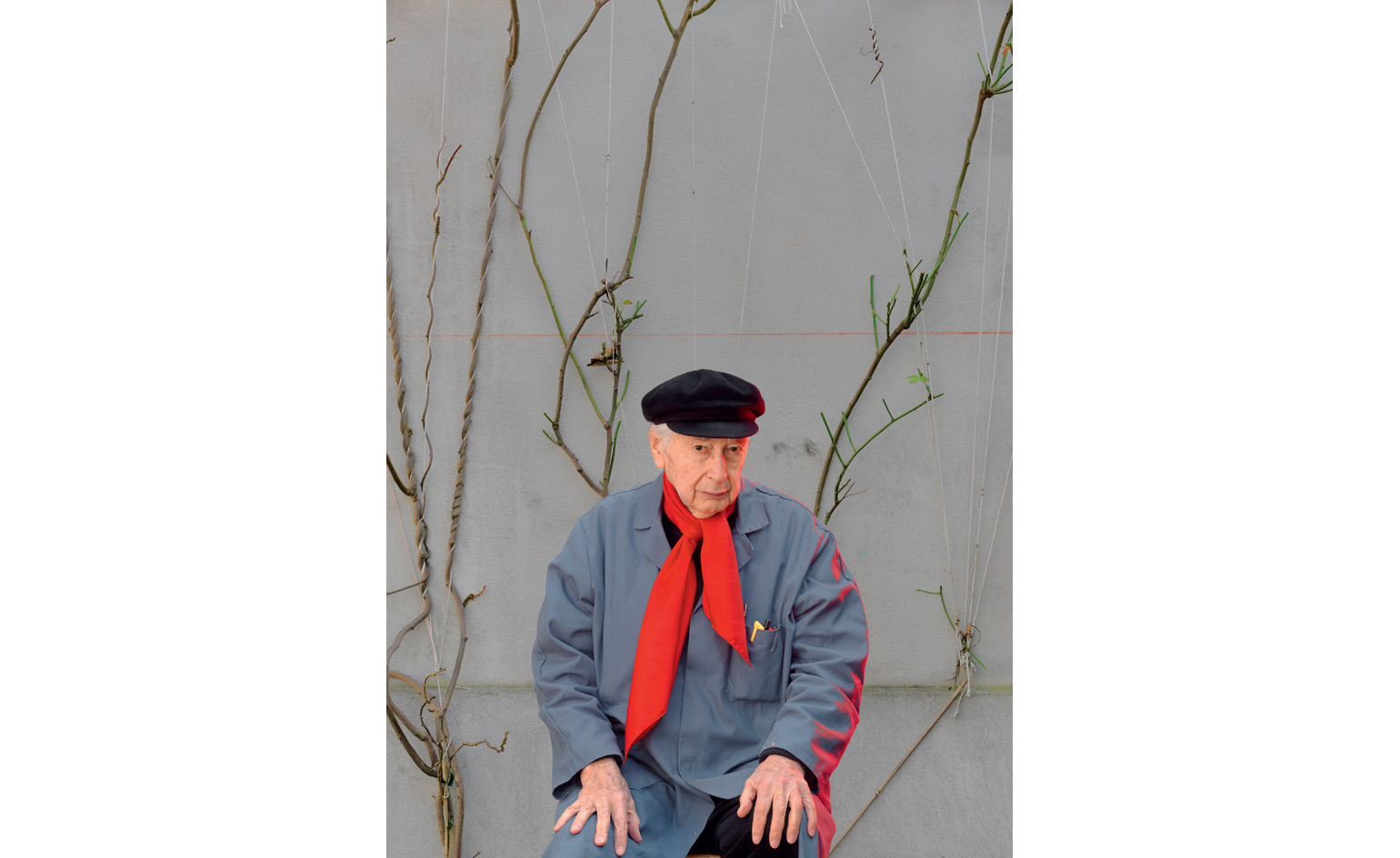
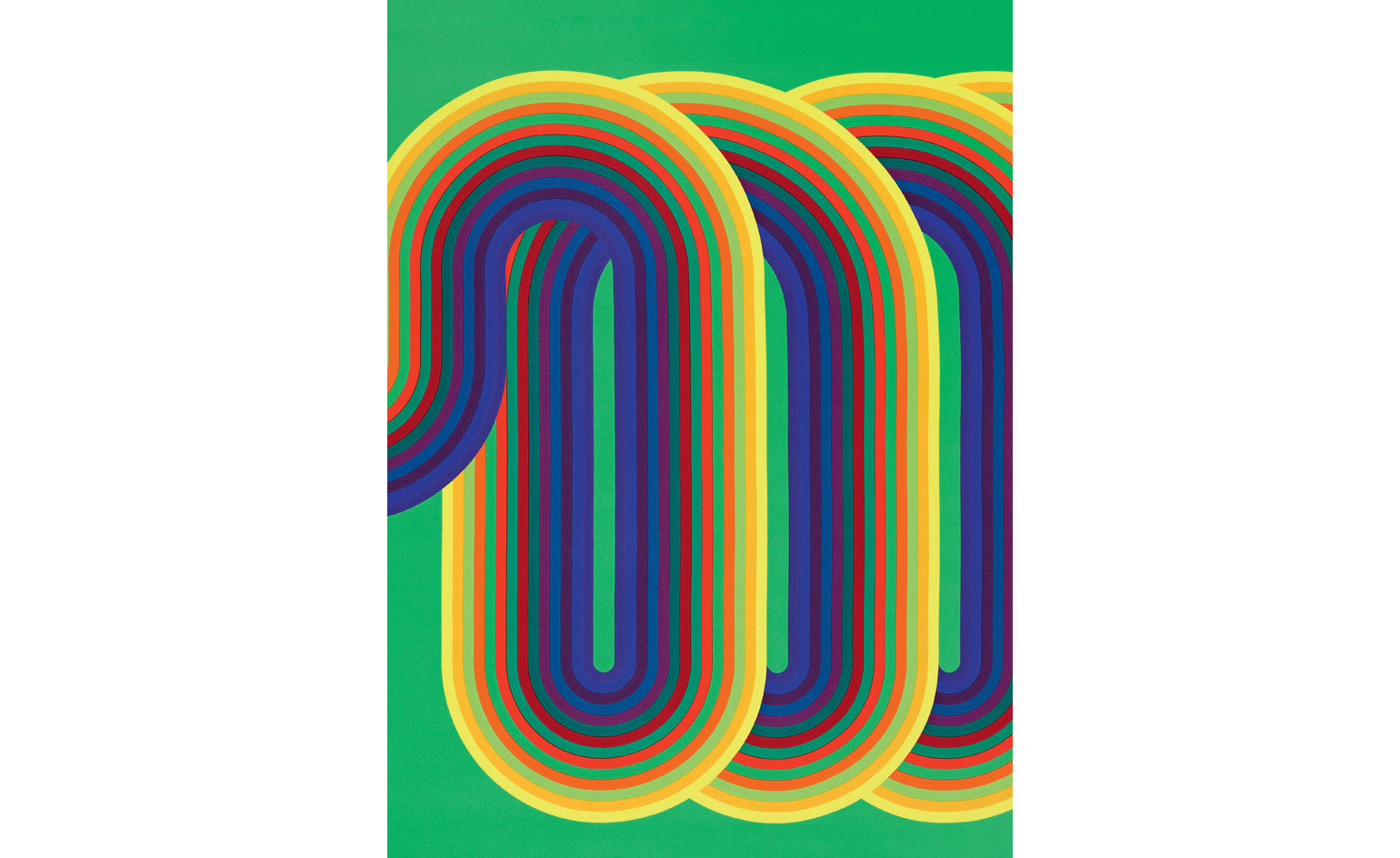

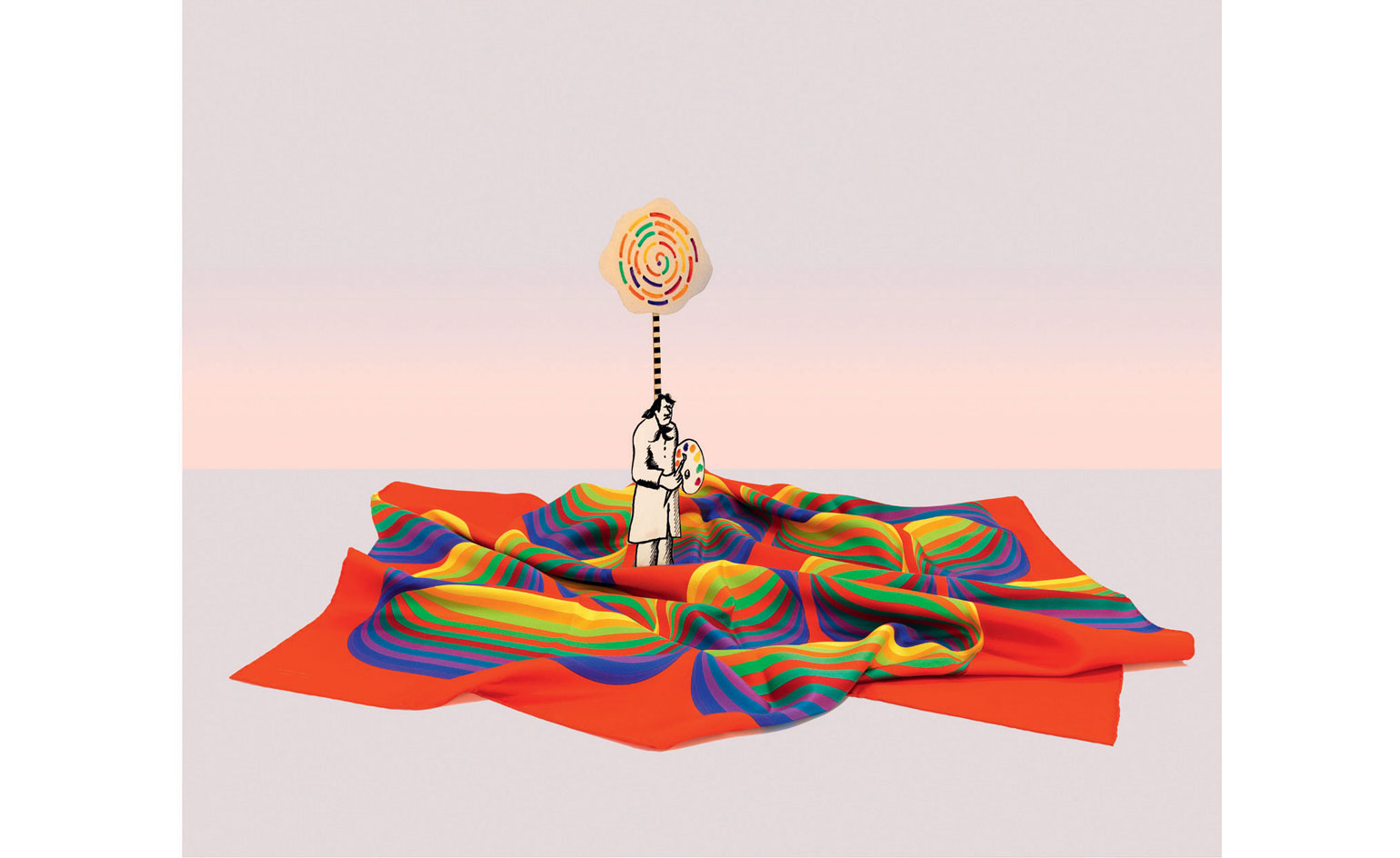
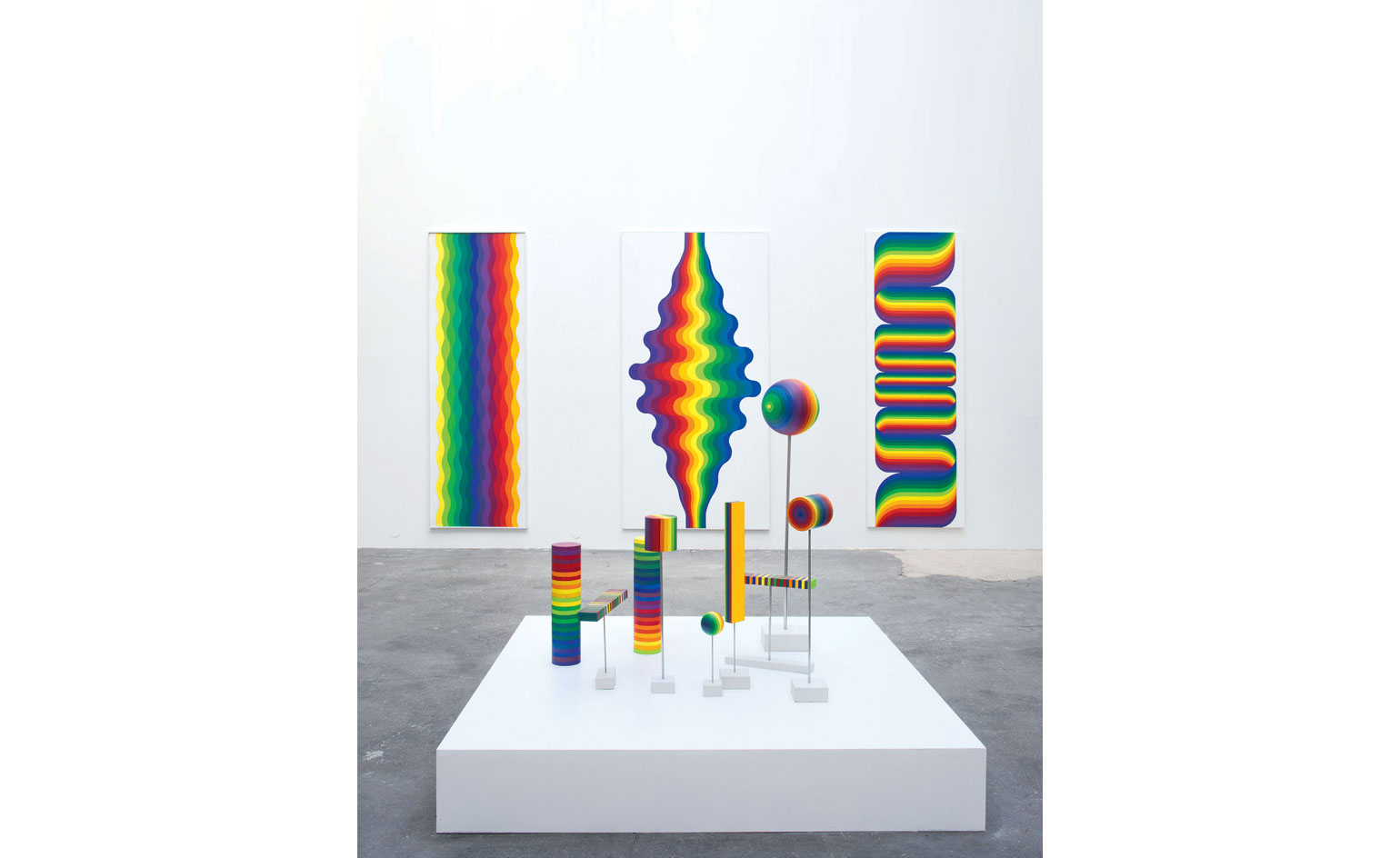

Receive our daily digest of inspiration, escapism and design stories from around the world direct to your inbox.
Jack Moss is the Fashion & Beauty Features Director at Wallpaper*, having joined the team in 2022 as Fashion Features Editor. Previously the digital features editor at AnOther and digital editor at 10 Magazine, he has also contributed to numerous international publications and featured in ‘Dazed: 32 Years Confused: The Covers’, published by Rizzoli. He is particularly interested in the moments when fashion intersects with other creative disciplines – notably art and design – as well as championing a new generation of international talent and reporting from international fashion weeks. Across his career, he has interviewed the fashion industry’s leading figures, including Rick Owens, Pieter Mulier, Jonathan Anderson, Grace Wales Bonner, Christian Lacroix, Kate Moss and Manolo Blahnik.
-
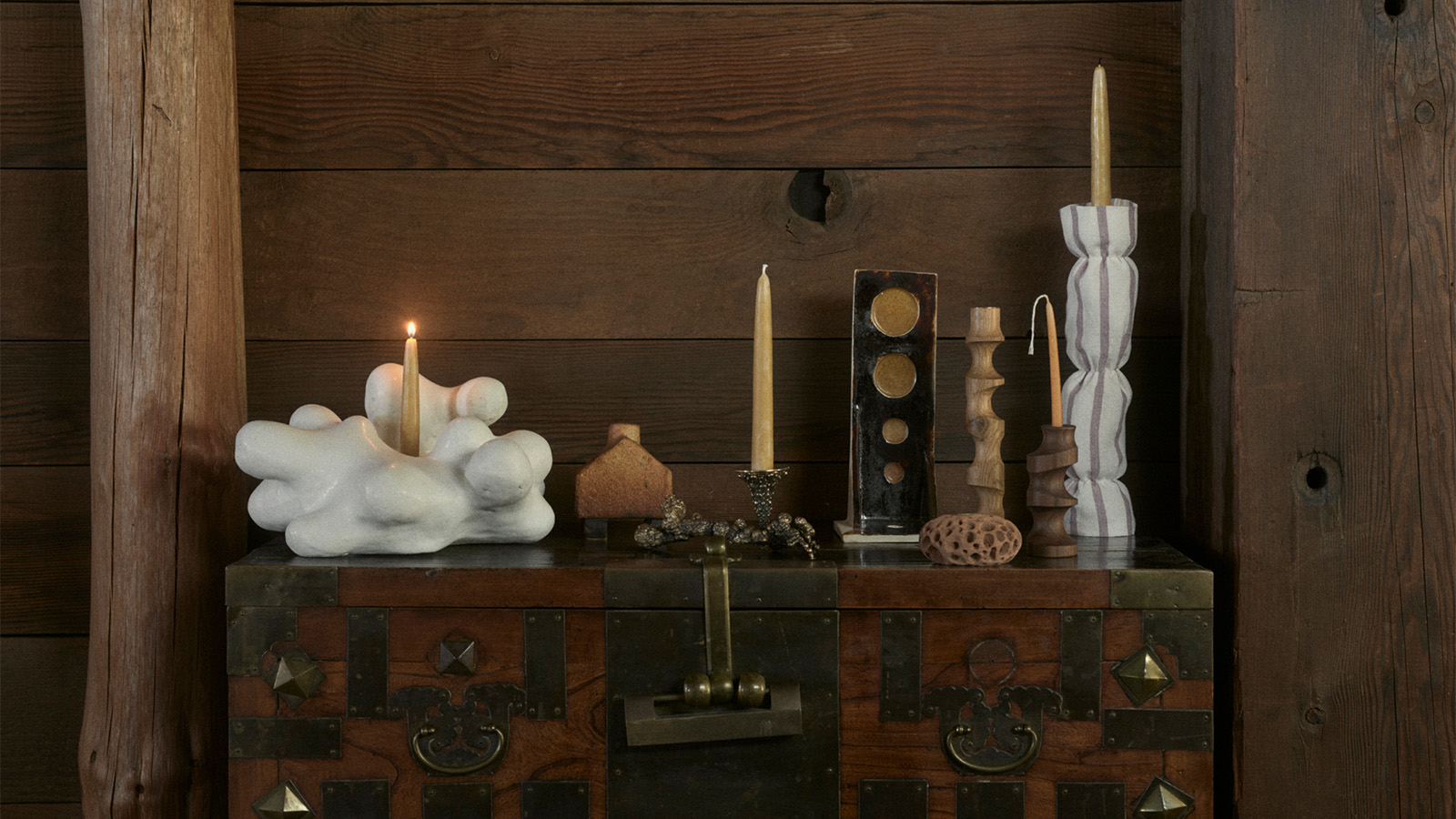 100 candleholders glow with design possibilities at Blunk Space, California
100 candleholders glow with design possibilities at Blunk Space, CaliforniaFor a new exhibition, 100 artists and designers have created candleholders inspired by the legacy of sculptor JB Blunk
-
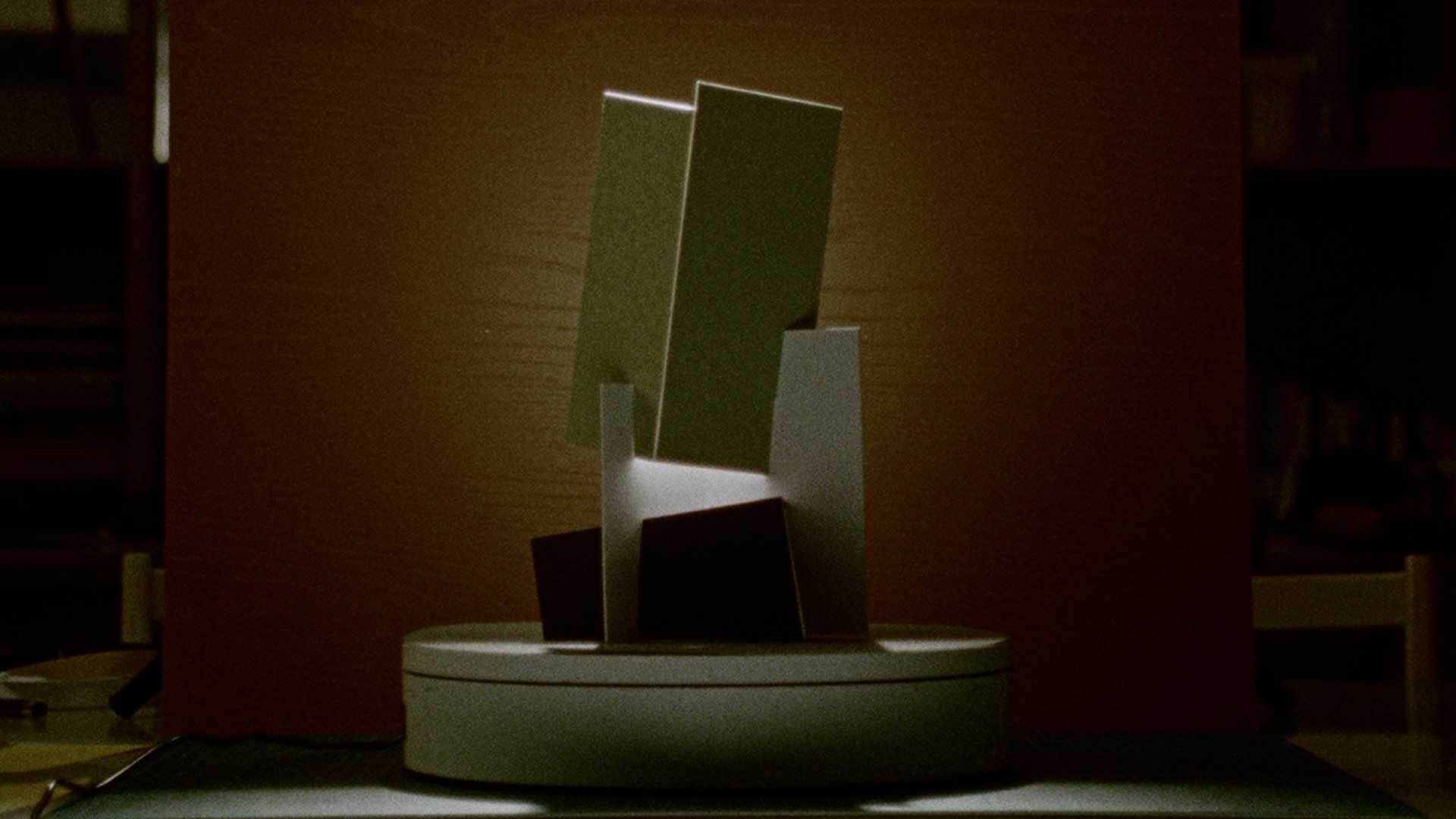 Wallpaper* Design Awards: Formafantasma’s assemble-your-own trophy is a crafty winner
Wallpaper* Design Awards: Formafantasma’s assemble-your-own trophy is a crafty winner'Celebratory, joyful and deliberately simple': Andrea Trimarchi and Simone Farresin reveal the inspiration and process behind their flat packed paper trophy for the Wallpaper* Design Awards 2026
-
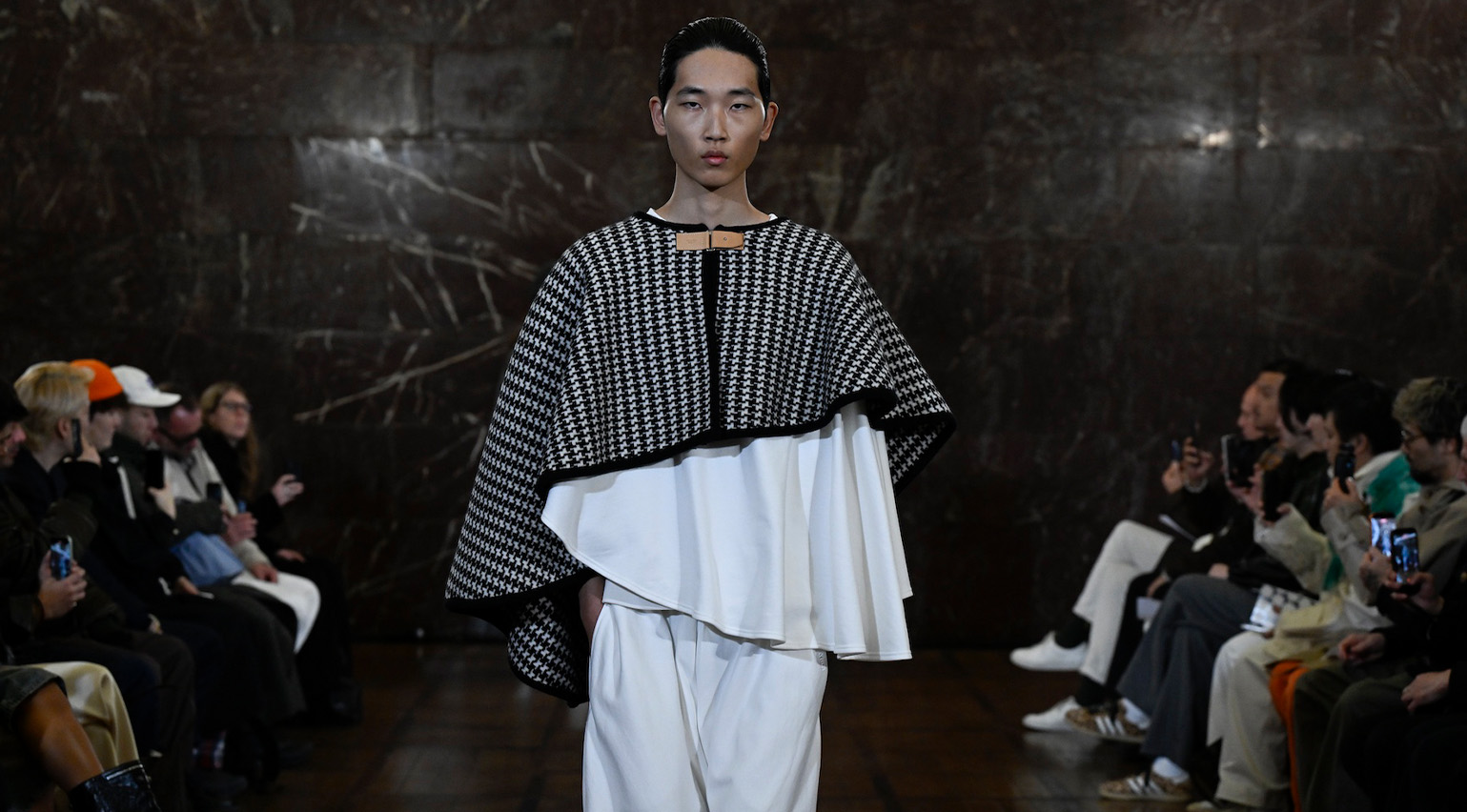 Hed Mayner’s Pitti Uomo show was all about finding beauty in ‘wrongness’
Hed Mayner’s Pitti Uomo show was all about finding beauty in ‘wrongness’The designer took to Florence’s La Palazzina Reale last night as Pitti Uomo’s guest designer – an intriguingly strange royal palace that reflected a collection which revelled in wrongness
-
 The best sunscreens for your face, selected by the Wallpaper* beauty editors
The best sunscreens for your face, selected by the Wallpaper* beauty editorsThis list of the best sunscreens for your face has been compiled by Wallpaper* editors Mary Cleary and Hannah Tindle, who are highly selective about SPF
-
 Extraordinary runway sets from the A/W 2024 shows
Extraordinary runway sets from the A/W 2024 shows12 scene-stealing runway sets and show spaces from A/W 2024 fashion month, featuring Murano-glass cacti, rubber armchairs, flashing orbs and more
-
 In fashion: the best of S/S 2024 in 12 transporting looks and accessories
In fashion: the best of S/S 2024 in 12 transporting looks and accessoriesThe looks and objects that encapsulate S/S 2024’s mood of escape and discovery, from crystal-studded sunglasses to behemothic beach bags
-
 Ten sculptural hair clips to tame your tresses, from Miu Miu, Prada and more
Ten sculptural hair clips to tame your tresses, from Miu Miu, Prada and moreThese hair clips add a sculptural flourish to all styles, from Miu Miu’s oversized barrette to Prada’s Re-Nylon and Plexiglas pin
-
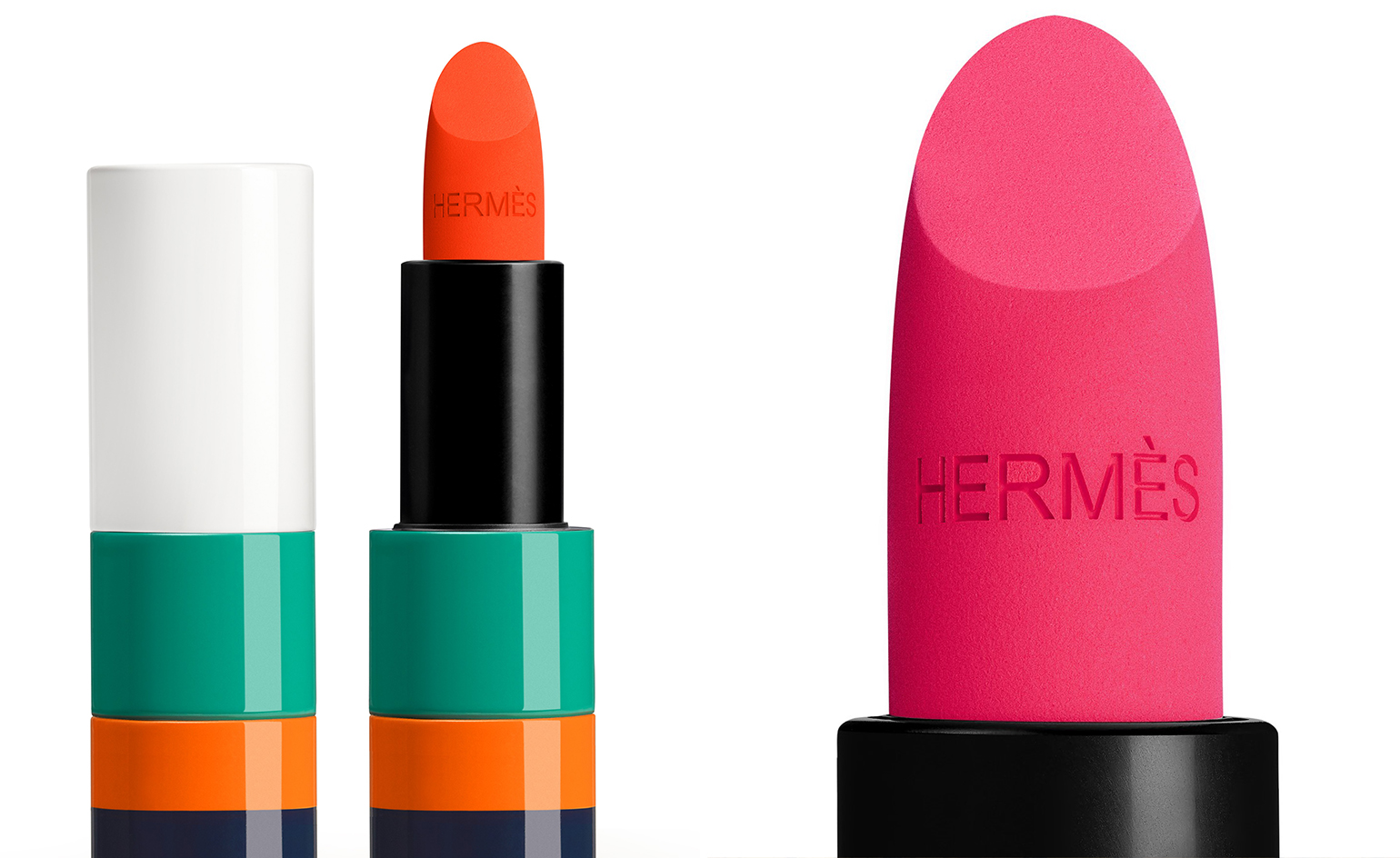 The latest Hermès Beauty collection is a riot of colour for lips and nails
The latest Hermès Beauty collection is a riot of colour for lips and nailsHermès Beauty is launching a limited-edition collection for spring/summer 2024, with lipsticks and nail polishes in six electric shades
-
 Best in shows: Wallpaper* picks S/S 2024’s standout looks
Best in shows: Wallpaper* picks S/S 2024’s standout looksAs part of Wallpaper’s Design Awards 2024 issue, we select the winning S/S 2024 runway collections – and their defining looks – at the start of a new season in style
-
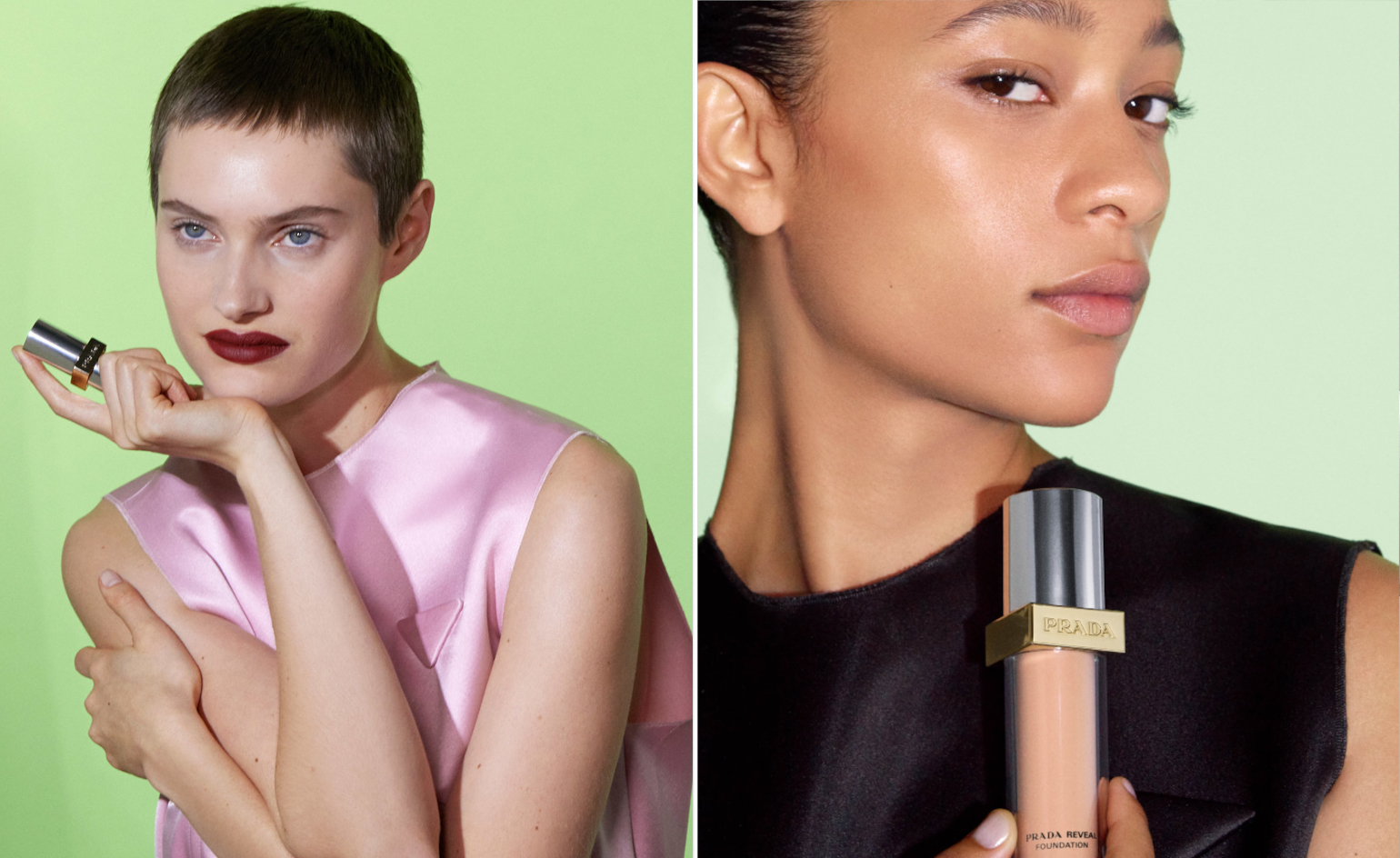 Year in review: top 10 beauty and grooming features of 2023, selected by Wallpaper’s Hannah Tindle
Year in review: top 10 beauty and grooming features of 2023, selected by Wallpaper’s Hannah TindleOur top 10 beauty and grooming features of 2023 span from Prada’s make-up debut to Japanese hair styling and the secrets of Björk’s nail artist
-
 Boxing Day: seductive beauty packaging from the past year
Boxing Day: seductive beauty packaging from the past yearOn Boxing Day, we reflect on some of the most seductive beauty packaging of 2023, from Hermès to Rabanne